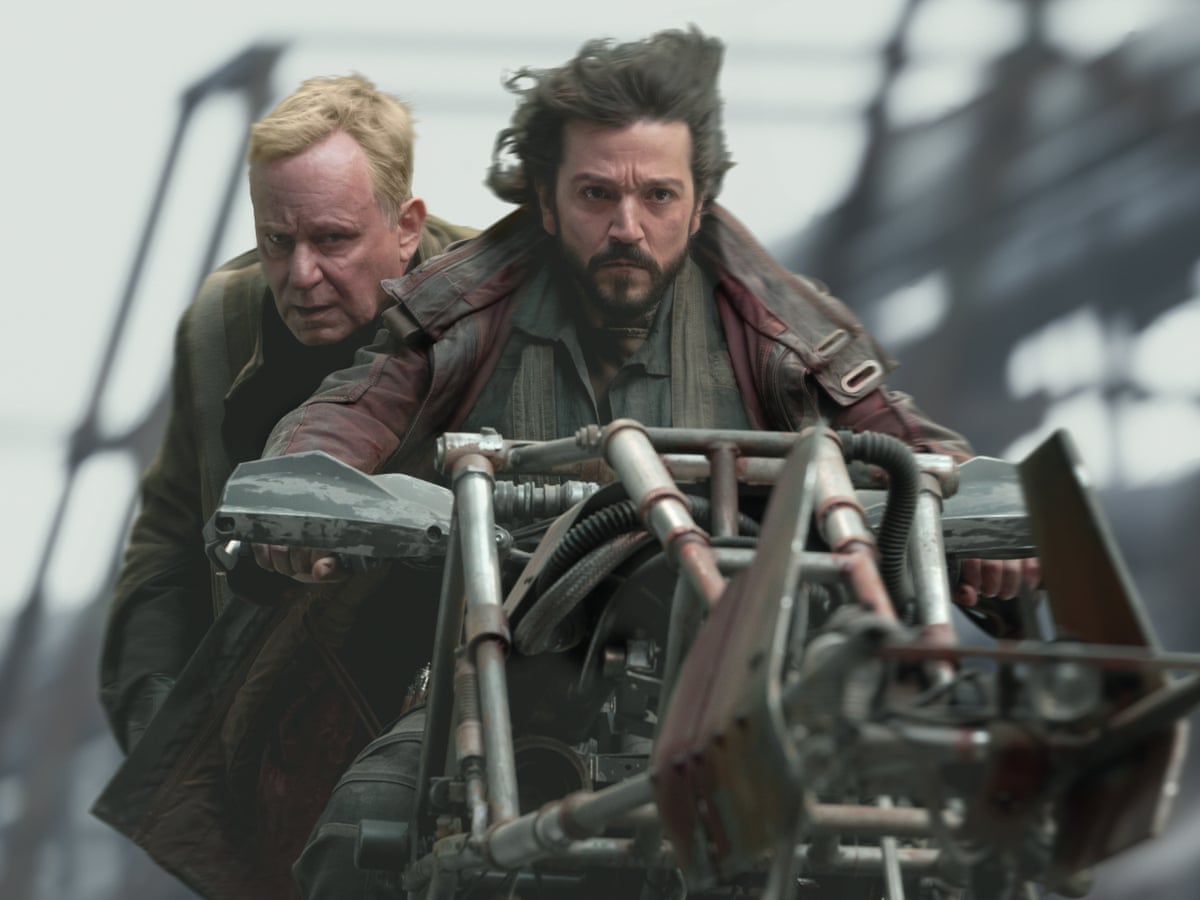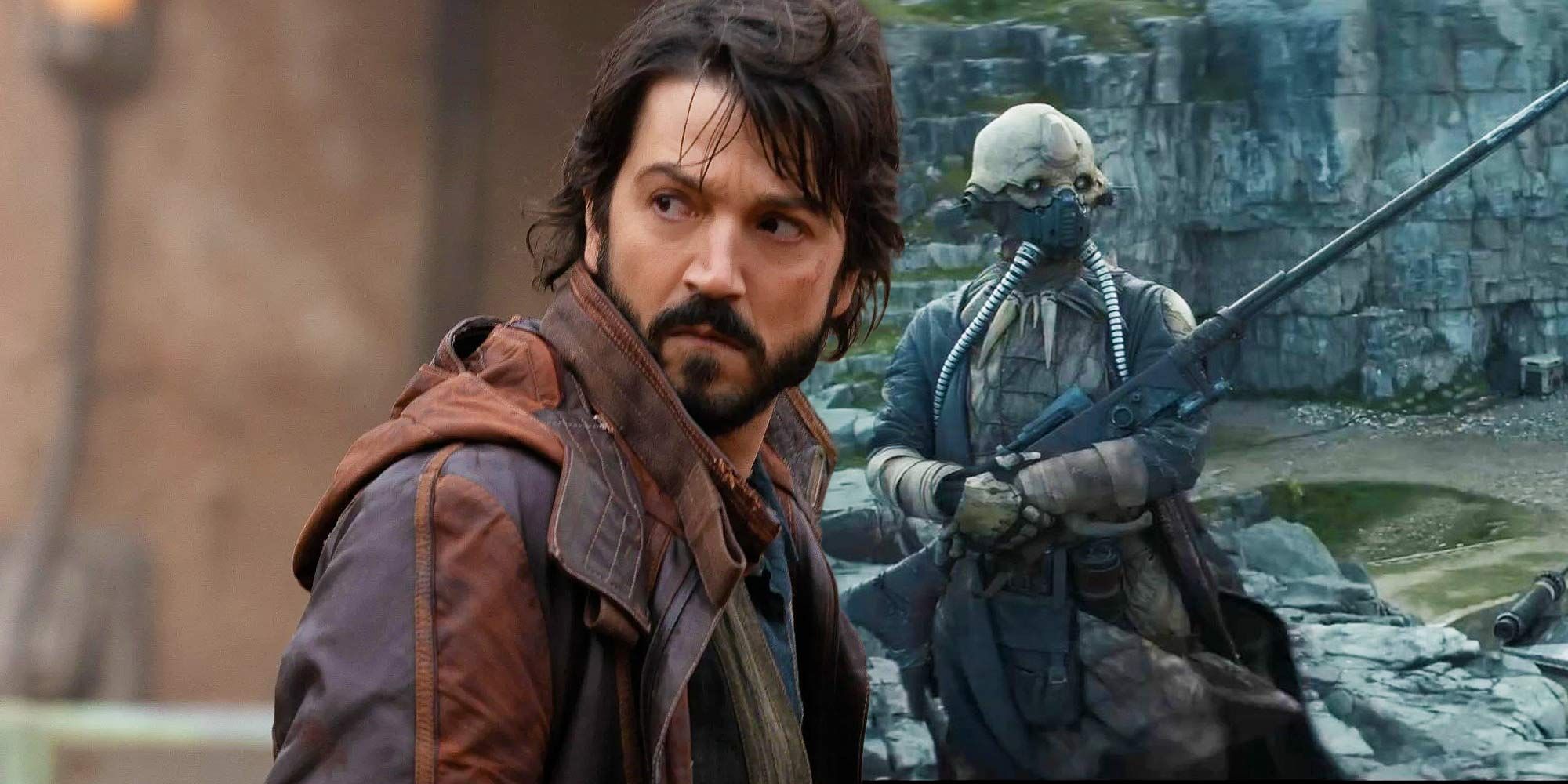Andor (2022): A Gritty, Grounded Vision of the Star Wars Universe
Andor is a critically acclaimed science fiction television series set in the Star Wars universe, created by Tony Gilroy. Premiering in 2022 on Disney+, the series serves as a prequel to the film Rogue One: A Star Wars Story (2016) and focuses on the origin of Cassian Andor, a rebel spy played by Diego Luna. With a darker tone, mature themes, and political depth, Andor marks a bold departure from traditional Star Wars storytelling.
The series begins five years before the events of Rogue One, chronicling the transformation of Cassian Andor from a cynical survivor and small-time thief into a committed revolutionary fighting against the tyranny of the Galactic Empire. Unlike most Star Wars series, Andor does not rely heavily on Jedi, lightsabers, or mystical elements. Instead, it focuses on the everyday people who choose to resist oppression, and the complex, often morally gray paths they take to rebellion.

One of Andor’s greatest strengths is its grounded realism. The series explores life under an authoritarian regime through the perspectives of various characters—imperial officers, corrupt bureaucrats, impoverished workers, and reluctant heroes. The oppression isn’t flashy; it’s institutional and suffocating, portrayed through surveillance, economic exploitation, and fear. This makes the resistance feel urgent and relatable.
Diego Luna delivers a compelling performance as Cassian, portraying a man shaped by loss, trauma, and mistrust. His journey is slow and painful but deeply human. Supporting characters like Luthen Rael (Stellan Skarsgård), a shadowy rebel leader with extreme methods, and Mon Mothma (Genevieve O’Reilly), a senator struggling to fund rebellion from within the Empire’s core, add layers of complexity to the narrative.

The series is structured in arcs, each directed by different filmmakers but unified by strong writing and character development. One of the most powerful storylines involves a prison labor camp, where Cassian experiences firsthand the brutal machinery of the Empire. The prison arc, highlighted by Andy Serkis as Kino Loy, becomes a symbol of rising resistance and solidarity.
Visually, Andor sets itself apart with its practical sets, minimal use of green screen, and grounded production design. The cities, factories, and rural settlements feel real and lived-in, lending the show a tactile sense of place. Nicholas Britell’s music score is atmospheric and experimental, enhancing the emotional and dramatic weight of each scene.

Critics and fans praised Andor for its intelligent writing, strong performances, and political allegory. It examines themes like authoritarianism, sacrifice, identity, and revolution with sophistication rarely seen in science fiction television. Its slow-burn approach, while not typical of Star Wars, has been celebrated for its boldness and maturity.
Season one of Andor concluded with powerful momentum, and a second and final season is in production, set to lead directly into Rogue One. With its complex characters, tense storytelling, and fresh perspective on rebellion, Andor stands as one of the finest entries in the Star Wars franchise.
-1751946499-q80.webp)

